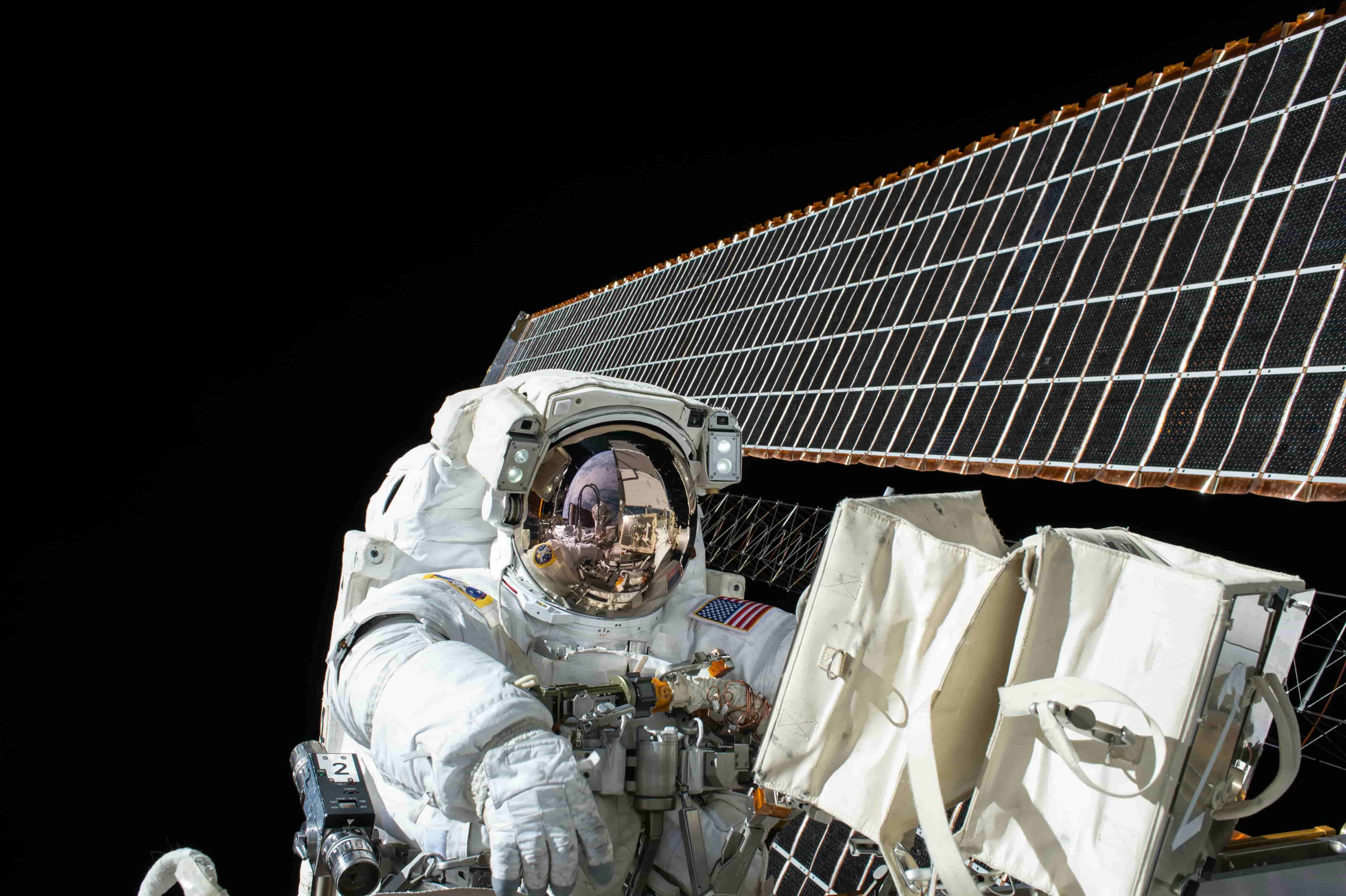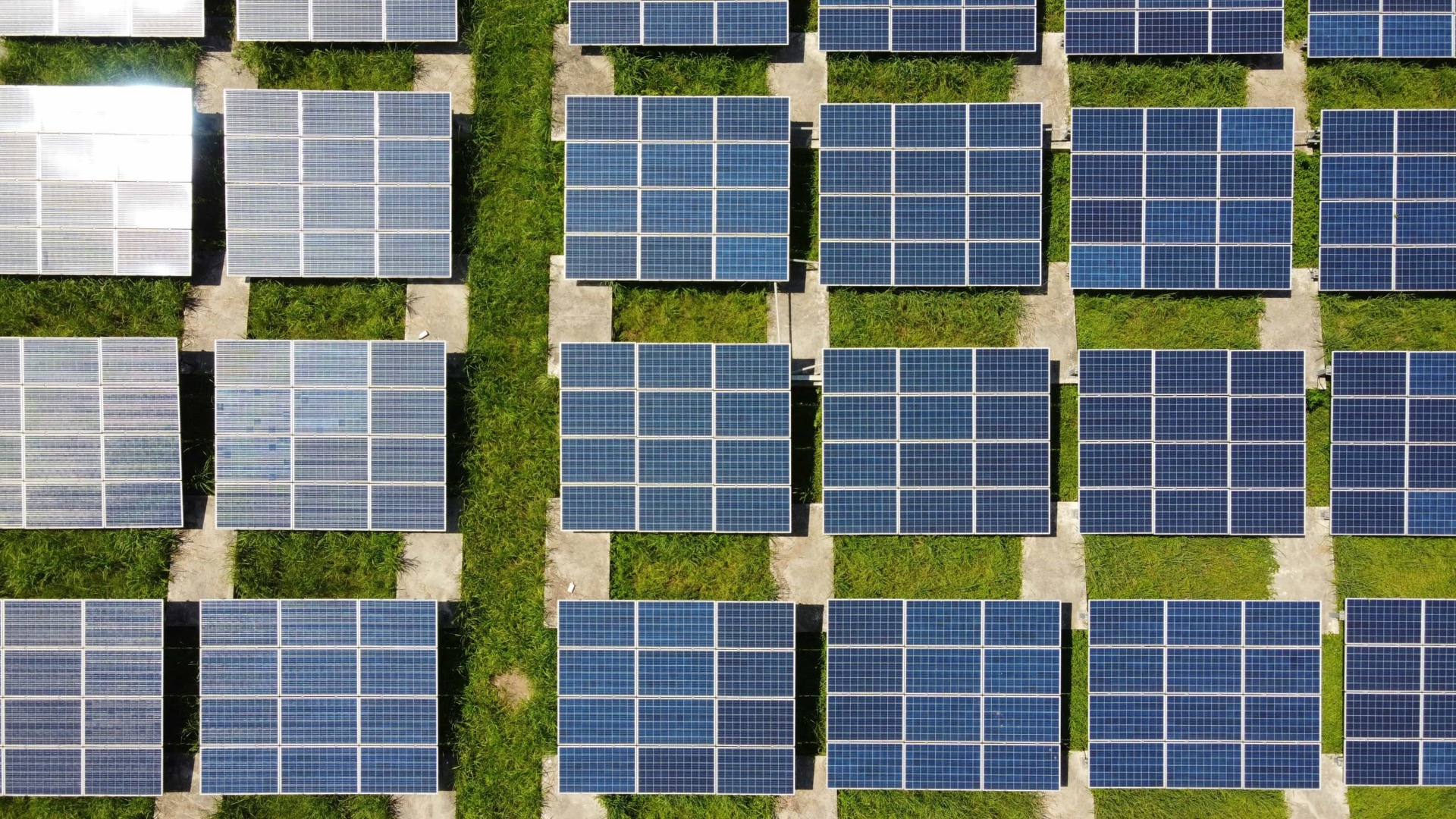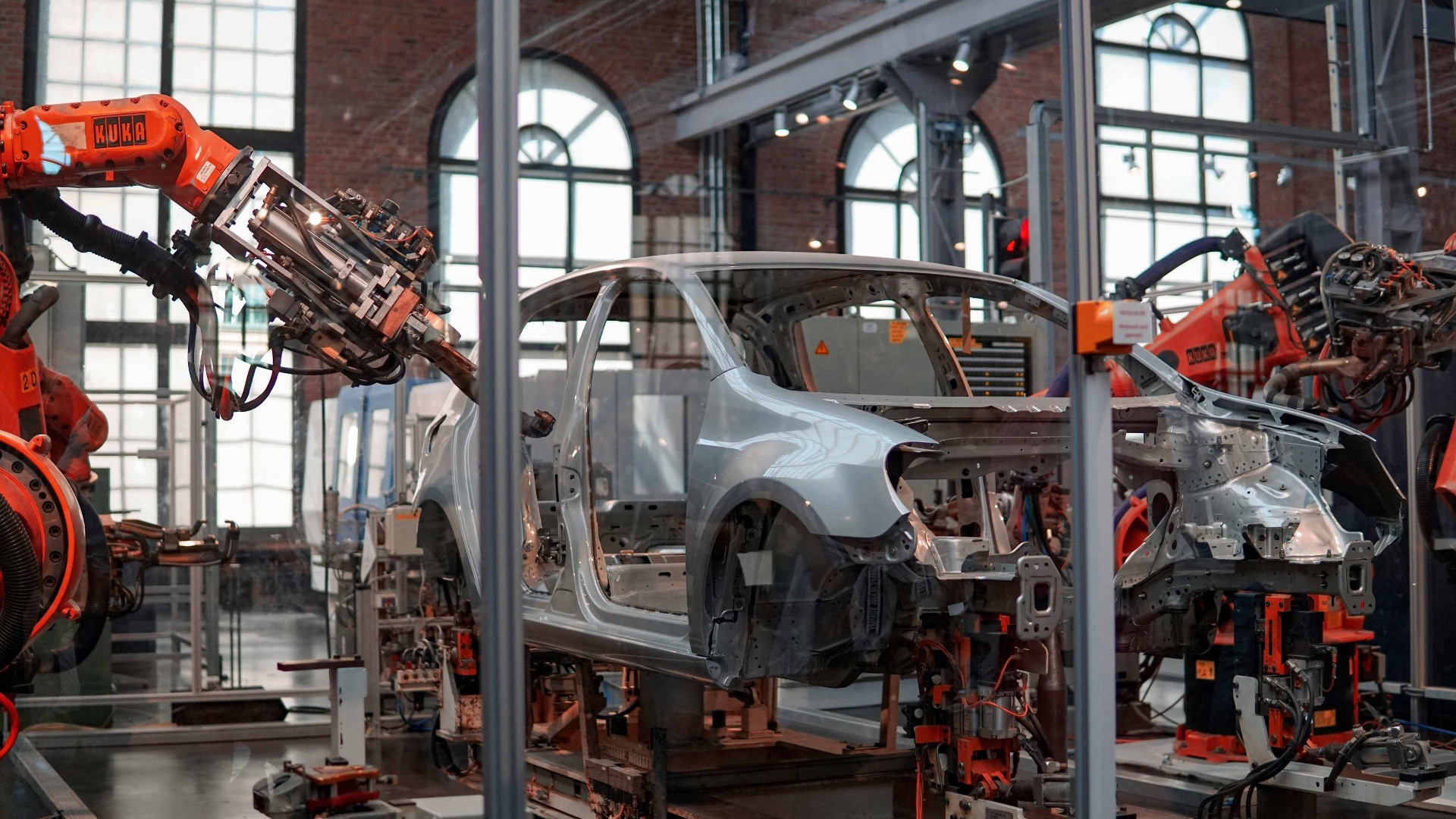Spacewalks are physically demanding, requiring astronauts to spend hours outside their spacecraft in bulky suits. Beyond the obvious challenges of operating in microgravity, astronauts face less visible but equally serious problems related to waste management and hydration. Current systems, like the Maximum Absorbency Garment (MAG), a high-tech adult diaper, provide basic waste containment but come with significant downsides. Long-term exposure to waste during a mission can lead to health issues such as skin irritation, urinary infections, and even reduced performance due to discomfort.
Similarly, the limited supply of drinking water in spacesuits often leaves astronauts dehydrated, especially during extended or unexpected missions. As space agencies prepare for longer missions to the Moon and beyond, these inefficiencies pose risks to astronaut health and the success of their tasks.
A Game-Changing Solution
A groundbreaking in-suit system developed by researchers offers a solution to these challenges. This new technology replaces traditional waste management with a sophisticated system that not only collects urine but also filters it into potable water. By integrating advanced filtration processes within the spacesuit, the design promotes both hygiene and hydration, solving two critical problems with one efficient system.
How the System Works
At the heart of this innovation is a custom urine collection device designed for comfort and efficiency. The device uses anatomically tailored silicone cups for both male and female astronauts, lined with antimicrobial fabric to minimize irritation and ensure cleanliness. A humidity sensor triggers the system, which uses a vacuum pump to transfer the collected urine into a filtration unit.
The filtration process combines forward osmosis, which uses a natural salt gradient to extract water, with reverse osmosis, which removes contaminants under pressure. This dual-step approach ensures high-quality water recovery while keeping energy consumption low. The filtered water is then delivered to the astronaut’s drinking bag, ensuring continuous hydration throughout their mission.
The Impact of Innovation
This new system represents more than just an upgrade in astronaut hygiene. It allows for the recovery of up to 75% of water from urine, drastically reducing the need for resupply missions. This is particularly crucial for deep-space exploration, where every kilogram of transported resources adds significant cost and complexity.
In addition to logistical benefits, the technology offers substantial health improvements. By eliminating prolonged waste exposure and providing clean drinking water, it significantly reduces risks such as dehydration and skin conditions. The system also ensures that astronauts can focus on their demanding tasks without distractions or discomfort, enhancing mission efficiency.
Shaping the Future of Space Exploration
The implications of this technology extend far beyond the current spacewalk protocols. As space agencies set their sights on long-term lunar habitats and eventual missions to Mars, sustainable resource management will become increasingly vital. Systems that recycle water efficiently and maintain astronaut well-being will be integral to the success of these ambitious endeavors.
While the system is still undergoing refinement, its potential is clear. The integration of hygiene and hydration solutions within a single, compact system highlights the ingenuity needed to address the unique challenges of space travel. With innovations like this, astronauts will be better equipped to push the boundaries of exploration.


